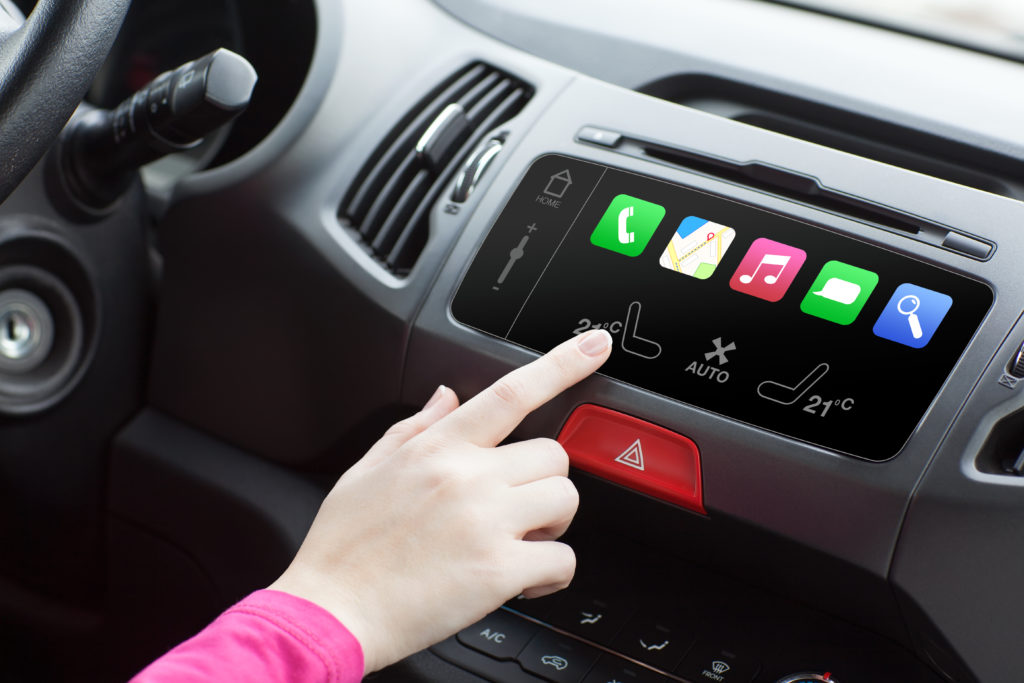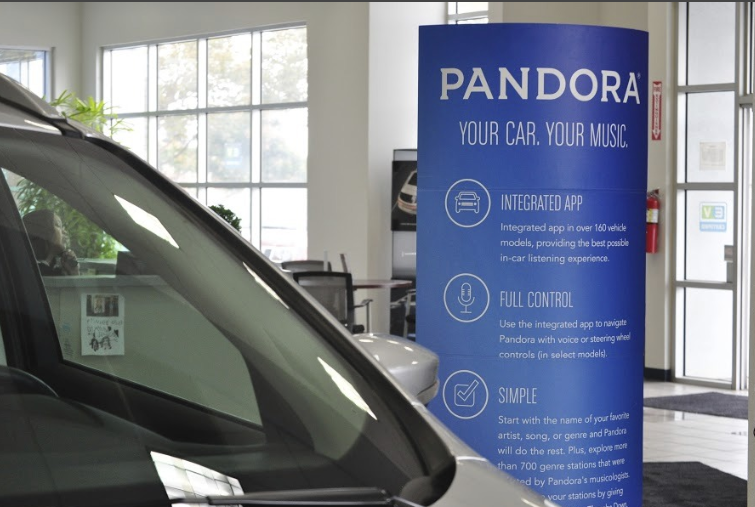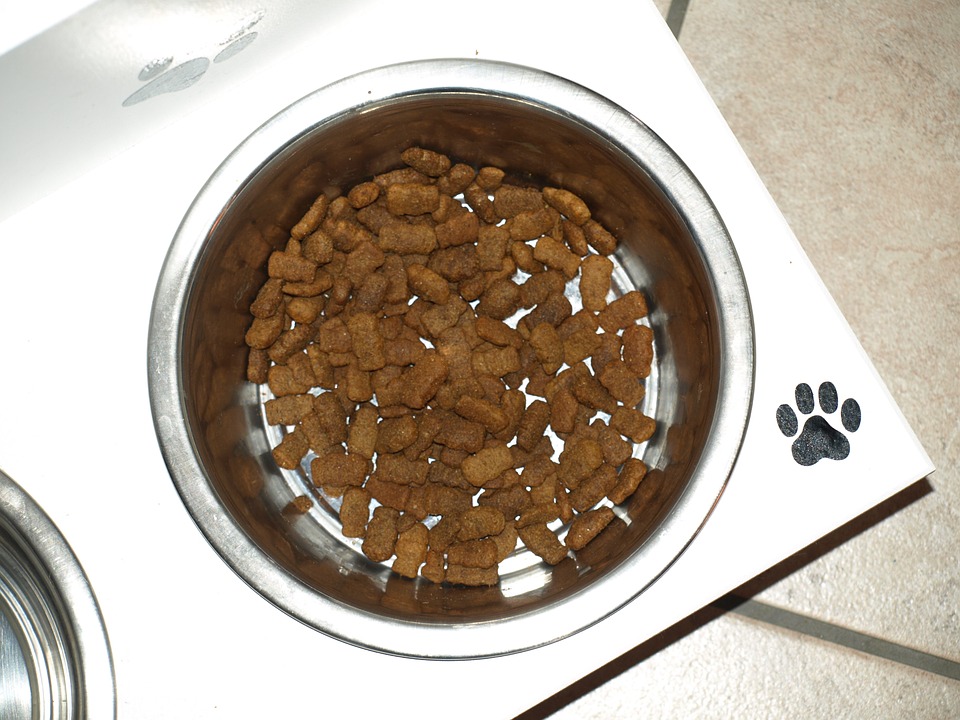
For the radio industry, the last few years have been a crash course in learning what’s happening in the automotive world and understanding what it means to the billions of people who drive cars in the U.S. and around the globe. It’s about the changing dashboard reality creating pressure on radio’s leadership to develop strategies that can address the challenge of AM/FM no longer being front and center on the touchscreens of today’s cars.
That’s why we’ve partnered to produce three DASH Conferences to date – to foster a better understanding of the speed bumps and opportunities that exist in the automotive space for AM/FM stations. Along the way, we’ve met many people in the auto business who have helped shape our understanding of just what radio is up against and how to best prepare broadcasters for the road ahead.
We’ve learned there are certain things radio can control – and other things that are well beyond the influence of even the biggest players in the radio business.
Take dashboard design, for example. The auto companies may be open to reviewing research the radio industry produces about consumer desires for in-car features. But at the end of the day, they’re going to create media centers in cars that meet their needs and priorities – not ours.
For example, many consumers loathe the idea of cars that drive themselves. But autonomous vehicles are coming anyway – whether we like it or not. Similarly, the design and contents of media in the “center stack” fall into the same category. It’s a fluid arena where each automaker will create their own dashboard solution with their own best interests in mind, without the help of the radio industry to guide them.
So much for the “uncontrollables.” Let’s focus on four things that radio can control.
Staff education – It’s essential that radio employees of all stripes have an understanding of the changing automotive landscape. After our second DASH Conference, Max Media’s Dave Paulus took his entire sales team on a field trip to a Hampton Roads, VA car dealership. The fact many of them were amazed and moved by the experience reinforces the need for radio staffers to have a better understanding of the car and how its media center will impact consumers.
As radios disappear in homes around America, and are replaced by computers in the workplace, the car radio plays an even more important role in radio’s future. As dashboard technology develops, the staff’s “automotive IQ” is as important as their understanding of programmatic buying, PPM, and other new innovations affecting the landscape.
All roads lead to the dealership – And as we’ve researched and learned, dealerships a point of entry that any radio station can influence and impact. When consumers experience problems with their digital dashboards, they don’t call an automaker’s corporate headquarters in Dearborn, Detroit, or Auburn Hills. They drive down the street to their local dealership to get the problem fixed.
It’s where new car owners learn how to use their media touchscreens, select Sirius/XM channels, access Pandora, and hopefully, learn how to preset their favorite AM/FM radio stations. Of course, that assumes that trainers and car salespeople are teaching consumers how to use these tools. At our second DASH Conference, Pandora unveiled an aggressive showroom program – the kind of top-of-mind initiative radio broadcasters should be pursuing. Its goal is to ensure that trainers show consumers how to use Pandora in their new cars. After speaking with many showroom personnel these past few years, radio broadcasters are in need of their own in-dealership program.
 How ’bout those streams – Then there’s the challenge posed by Apple CarPlay and Android Auto taking over new car dashboards. We saw these systems nearly two years ago at CES, and have been active in warning broadcasters about their implications on AM/FM radio since. It’s startling that so many broadcasters are just now coming around to realizing how these two tech ecosystems impact broadcast radio’s eye contact with drivers. And they’re being actively marketed. Just turn on your TV and you’re bound to run into a car commercial touting one of these in-dash system that mirror a consumer’s smartphone in the space where the radio used to be.
How ’bout those streams – Then there’s the challenge posed by Apple CarPlay and Android Auto taking over new car dashboards. We saw these systems nearly two years ago at CES, and have been active in warning broadcasters about their implications on AM/FM radio since. It’s startling that so many broadcasters are just now coming around to realizing how these two tech ecosystems impact broadcast radio’s eye contact with drivers. And they’re being actively marketed. Just turn on your TV and you’re bound to run into a car commercial touting one of these in-dash system that mirror a consumer’s smartphone in the space where the radio used to be.
https://www.youtube.com/watch?v=sbosshQZmPc
Each of these platforms includes only the apps approved by Apple and Google respectively. That’s why our mobile app development company, jācapps, has cracked the code for both systems, ensuring any radio station’s apps will show up on all Apple CarPlay and Android Auto touchscreens.
But what will drivers see and hear when they punch up a radio station’s app on either system? The possibility is good the streaming experience will be subpar. I monitor many stations every week via streams, and I can tell you that too many programmers, digital, and IT people are still treating them like second class citizens. I still hear sloppy mixes between DJs and music, metadata that doesn’t match what’s being played, and rejoins in and out of commercial stopsets that are just plain sloppy.
That won’t cut it. As drivers move from Pandora to SiriusXM to your station on these systems, the need to provide a consistently strong UX – User Experience – has never been greater. Brands that are mailing in their streams will be exposed.
The phrase in Internet world is “eat your dog food,” meaning that companies serious about succeeding in the digital space actually use their own products like a consumer would. I would strongly recommend everyone involved on the product side set aside one day a week to monitor your station’s stream – on your smartphone, computer, and in your car. Stop staring at streaming data and instead, start focusing on how your stream sounds to the drivers accessing it.
 Rethink your content – And finally, there’s the gnarly piece about how your radio station, your music, your talk shows, and your overall sound compete in this expanded in-car digital environment. What is it about your brand that stands out and compels drivers to tune in your station, instead of their personal music collections, satellite radio channels, Pandora, Spotify, and everything else available on that dashboard touchscreen?
Rethink your content – And finally, there’s the gnarly piece about how your radio station, your music, your talk shows, and your overall sound compete in this expanded in-car digital environment. What is it about your brand that stands out and compels drivers to tune in your station, instead of their personal music collections, satellite radio channels, Pandora, Spotify, and everything else available on that dashboard touchscreen?
It will vary for every brand of course – it could be great personality, community service, compelling talk programs, or providing emotional benefits that connect your station to the person behind the wheel. We know the relationship between someone alone in a car and the radio can be an intimate and personal one. But that’s only if your programming philosophy makes good on that unique opportunity to connect with drivers as they commute, run errands, or hang out over the weekend.
Radio’s ultimate report card with the “connected car” will grade one of the most important tests the industry has had to pass since the advent of television. There are many aspects of the automotive sector that are bigger than all of us. But there are many others that are well within the reach of everyone reading this post. The degree to which radio takes the car seriously will speak volumes about how broadcasters envision their future.
For radio, these are the new rules of the road.
- What To Do If Your Radio Station Goes Through A Midlife Crisis - April 25, 2025
- A 2020 Lesson?It Could All Be Gone In A Flash - April 24, 2025
- How AI Can Give Radio Personalities More…PERSONALITY - April 23, 2025




It may be a good idea to establish a relationship with your local dealerships’ “tech expert” to make sure your station’s signal is part of their demo to new car shoppers.
Absolutely, Ira. If they believe radio matters, they’ll take the time to teach new car buyers how to find/preset stations. Thanks for the comment.
Good article, but a factor that you have not really touched on and most people seem to forget is the technical side of new ideas – I don’t mean the top level tech such as user interfaces etc. I am referring to the behind the scenes core infrastructure. The bandwidth and transmission capabilities for the connected car are not going to come into being by magic, and they are not going to be free. While it is possible that it will be a case of the car ‘tethering’ itself through the smartphone or other device you carry, thereby not actually adding a second or third device, you can be guaranteed that it will be utilizing more data bandwidth than before. We are always moving forward with our data needs, always hungry for more – more audio/video streaming at higher resolution means greater data throughput capability, perhaps things like Facebook Live streaming to and from your vehicle. Always actively connected and being used while driving means greater demands on whatever network it is connected to.
Don’t get me wrong – I know and believe it is all coming as a matter of progression, but lets not get surprised or blindsided by some of the less visible demands and challenges that await us with a connected vehicle. People who gloss over factors such as these with a ‘oh, that will all work out’ are generally people who have no understanding of the network backbone we rely on every day for our communications and entertainment. As an industry utilizing I.P. based resources more and more all the time, we need to be aware of what is happening under the hood as well and be prepared to be involved in its evolution. Make no mistake, poor backbone can also lead to a poor user experience, and they will most often blame what they can see, and that includes the vehicle manufacturers and the content providers.
Red, thanks for the comment and the insights. As you suggest, it is a matter of progression. The data demands you talk about are real and will impact the UX. Appreciate you taking the time.